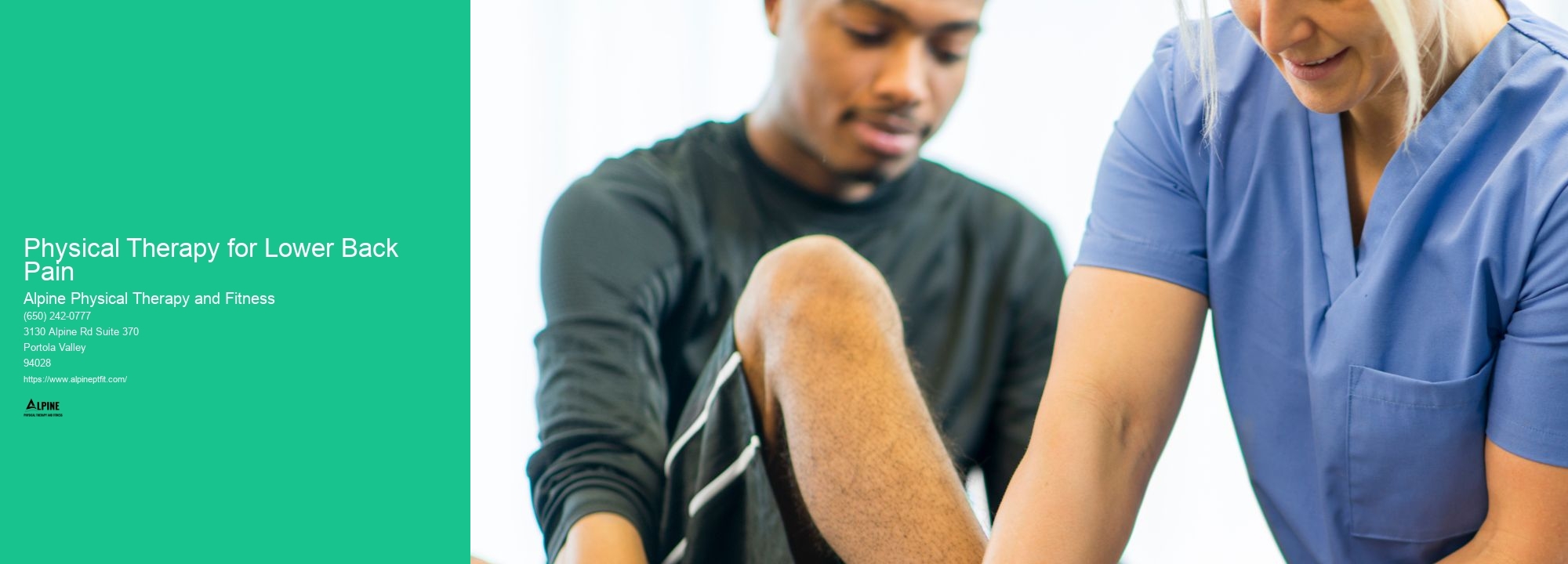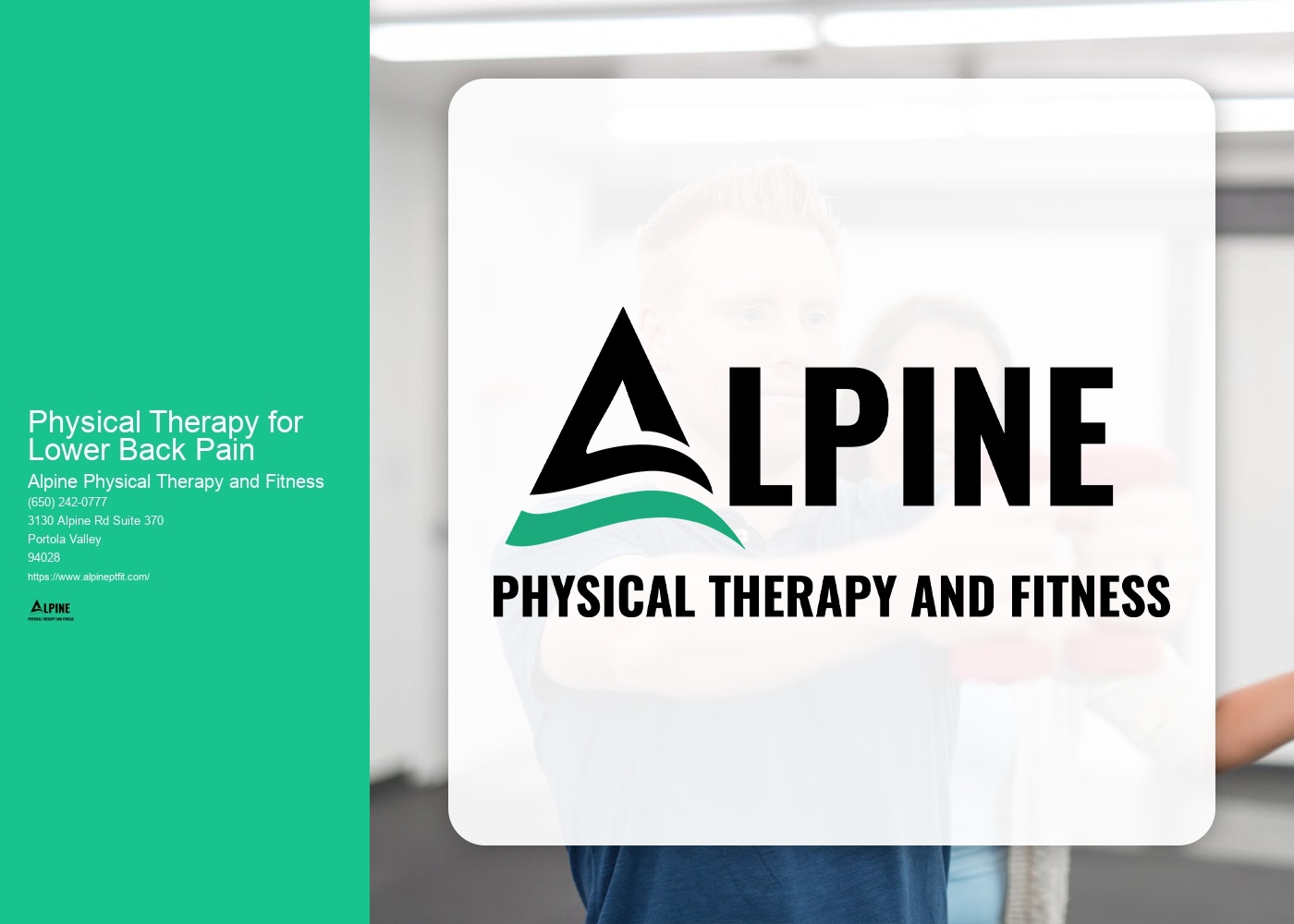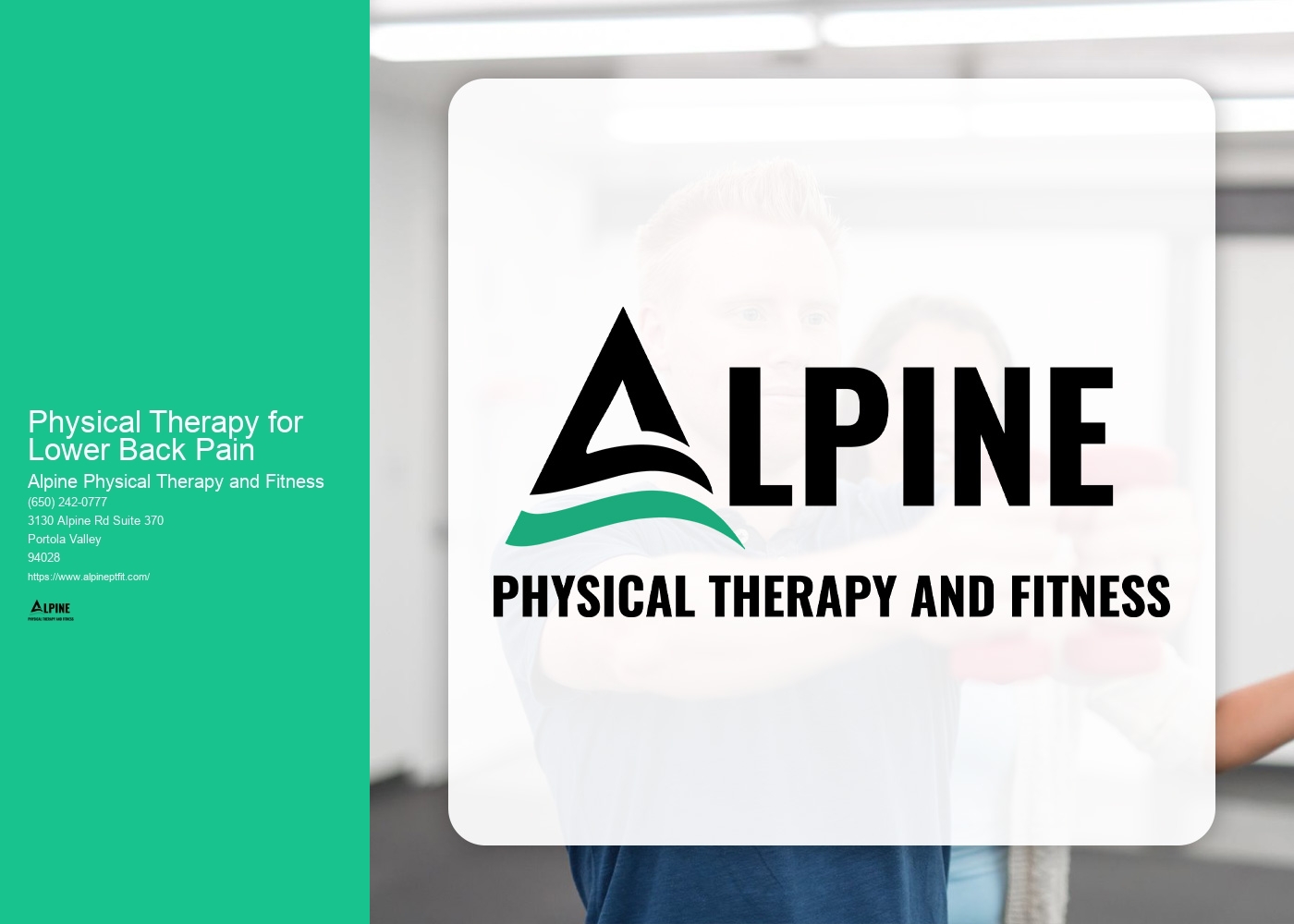

Physical therapy exercises for lower back pain can be highly effective in reducing pain and improving function. Some of the most commonly recommended exercises include pelvic tilts, which help to strengthen the core muscles and stabilize the lower back. Another effective exercise is the cat-camel stretch, which involves arching and rounding the back to improve flexibility and relieve tension. Additionally, exercises such as bridges, bird dogs, and side planks can help to strengthen the muscles that support the spine. It is important to consult with a physical therapist to determine the most appropriate exercises for your specific condition.
The time it takes to see improvement in lower back pain with physical therapy can vary depending on the individual and the severity of the condition. In general, many patients begin to experience relief within a few weeks of starting physical therapy. However, it is important to note that consistency and adherence to the prescribed exercises and treatment plan are key factors in achieving optimal results. It is also important to address any underlying causes of the pain, such as poor posture or muscle imbalances, to ensure long-term improvement.
Physical therapy can be beneficial for chronic lower back pain. While it may not completely eliminate the pain, it can help to manage symptoms, improve function, and enhance quality of life. Physical therapists can provide a variety of treatments for chronic lower back pain, including manual therapy techniques, therapeutic exercises, and modalities such as heat or cold therapy. They can also provide education on proper body mechanics and ergonomics to prevent further injury and manage pain in daily activities.

When it comes to specific stretches or movements to avoid during physical therapy for lower back pain, it is important to consult with a physical therapist. They will assess your condition and provide guidance on exercises that are safe and appropriate for your specific needs. In general, it is advisable to avoid any exercises or movements that cause sharp or increased pain. It is also important to maintain proper form and alignment during exercises to prevent further strain on the lower back.
In most cases, a referral from a doctor is not necessary to start physical therapy for lower back pain. However, some insurance providers may require a referral for coverage purposes. It is best to check with your insurance provider or consult with a physical therapy clinic to determine their specific requirements. Direct access to physical therapy allows individuals to seek treatment without a referral, which can help to expedite the process and provide timely care for lower back pain.

Physical therapy for lower back pain often incorporates a combination of treatments and modalities to achieve optimal results. In addition to therapeutic exercises, physical therapists may use manual therapy techniques such as joint mobilization or soft tissue mobilization to reduce pain and improve mobility. They may also utilize modalities such as heat or cold therapy, electrical stimulation, or ultrasound to help manage pain and promote healing. These additional treatments can complement the exercise program and provide a comprehensive approach to addressing lower back pain.
The frequency of physical therapy sessions for lower back pain can vary depending on the individual and the severity of the condition. In general, patients may start with 1-2 sessions per week and gradually decrease the frequency as they progress. The duration of treatment can range from a few weeks to several months, depending on the goals of therapy and the individual's response to treatment. It is important to follow the recommended treatment plan and attend all scheduled sessions to achieve the best possible outcomes. Regular communication with the physical therapist is also important to address any concerns or adjustments that may be needed throughout the course of treatment.

Breathing exercises are an integral part of pulmonary rehabilitation programs, as they help improve lung function and overall respiratory health. These exercises are typically incorporated into the program through a combination of education, guidance, and practice. Patients are taught various techniques, such as diaphragmatic breathing, pursed-lip breathing, and deep breathing exercises, which help strengthen the respiratory muscles and increase lung capacity. Additionally, patients may also be introduced to techniques like inspiratory muscle training, which involves using devices to provide resistance during inhalation, further enhancing respiratory muscle strength. The incorporation of breathing exercises in pulmonary rehabilitation programs aims to optimize lung function, reduce breathlessness, and improve overall quality of life for individuals with respiratory conditions.
The goals of physical therapy for children with cerebral palsy are to improve their motor skills, enhance their mobility, and promote their overall physical development. Physical therapists work closely with these children to address specific impairments such as muscle weakness, spasticity, and coordination difficulties. They employ a variety of techniques and interventions, including therapeutic exercises, stretching, and balance training, to help children with cerebral palsy gain better control over their movements and achieve greater independence in their daily activities. Additionally, physical therapy aims to prevent secondary complications, such as contractures and joint deformities, by promoting proper alignment and positioning. By focusing on these goals, physical therapy plays a crucial role in optimizing the functional abilities and quality of life for children with cerebral palsy.
Patients with traumatic brain injuries can benefit from a variety of exercises that target different areas of cognitive and physical functioning. Cognitive exercises may include memory games, puzzles, and problem-solving tasks to improve attention, memory, and executive functioning. Physical exercises may focus on balance, coordination, and strength training to enhance motor skills and overall physical well-being. Additionally, speech and language therapy exercises can help improve communication skills, while occupational therapy exercises can assist with daily living activities and fine motor skills. It is important for patients to work with a healthcare professional to develop an individualized exercise program that meets their specific needs and goals.
Yes, there are specialized techniques for treating diastasis recti in postpartum women. Diastasis recti is a condition where the abdominal muscles separate during pregnancy, and it is common among postpartum women. One technique that is often used is called the Tupler Technique, which involves specific exercises and movements to help strengthen and realign the abdominal muscles. Another technique is the use of a belly binder or abdominal splint, which provides support to the abdominal muscles and helps them come back together. Physical therapy is also commonly recommended, as it can help women learn proper body mechanics and strengthen the core muscles. Additionally, Pilates and yoga exercises that focus on core strength and stability can be beneficial for treating diastasis recti. It is important for postpartum women to consult with a healthcare professional or a specialized physical therapist to determine the most appropriate treatment plan for their specific condition.